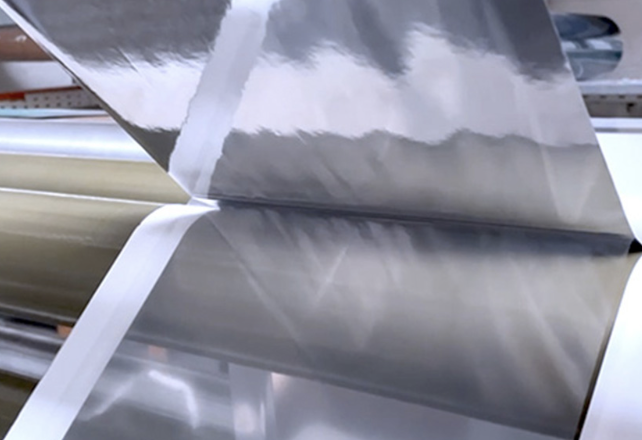Researchers study transfer metallization for barrier coatings on paper, bioplastics packaging
I
In terms of resource conservation and a more sustainable circular economy, the use of renewable resources as a basis for new materials is an important goal. Fiber-based materials such as paper or paperboard are well established in the packaging industry. In their original form, however, they are not fit for use in sensitive packaging materials for products such as food or pharmaceuticals. The reason is the lack of barrier properties against gases and water vapor and therefore insufficient product protection.
Solutions currently available on the market usually require additional plastic coatings, which can have a negative impact, such as significantly limiting the recyclability of the entire packaging. Because the direct deposition of inorganic coatings on paper for the production of barrier coatings is technically demanding and often not economically viable, a new technology needs to be developed.
Transfer of barrier properties to fiber-based materials
Now, the TransMet project, funded by the Fraunhofer-Gesellschaft, is aiming to to transfer an inorganic coating from a reusable film deployed as a carrier to a fiber-based material using a transfer process. The barrier properties of sensitive packaging materials, such as paper, can be significantly improved, while providing the required protective function for sophisticated products. Due to the very thin transferred coating layers, the intrinsic properties of the paper/board (how recyclable, bio-based or biodegradable the material is) can be retained, while the functionality and thus the techno-economic value of the paper is significantly increased.
Feasibility for companies
Three different demonstrators will illustrate the suitability of the concept for a wide range of materials, and the results can be adopted by both paper and packaging manufacturers in the food and pharmaceutical industries. In addition, the TransMET results can be implemented on existing equipment without major investment. This makes the process particularly suitable for small and medium-sized companies.